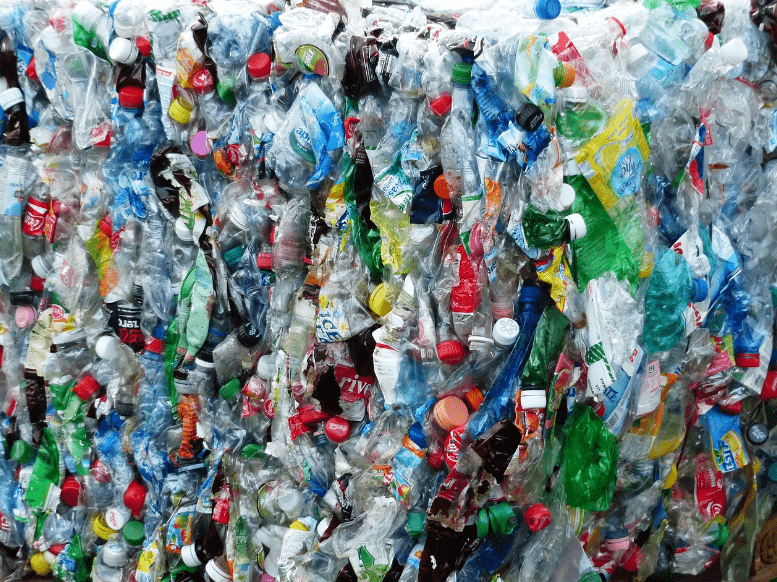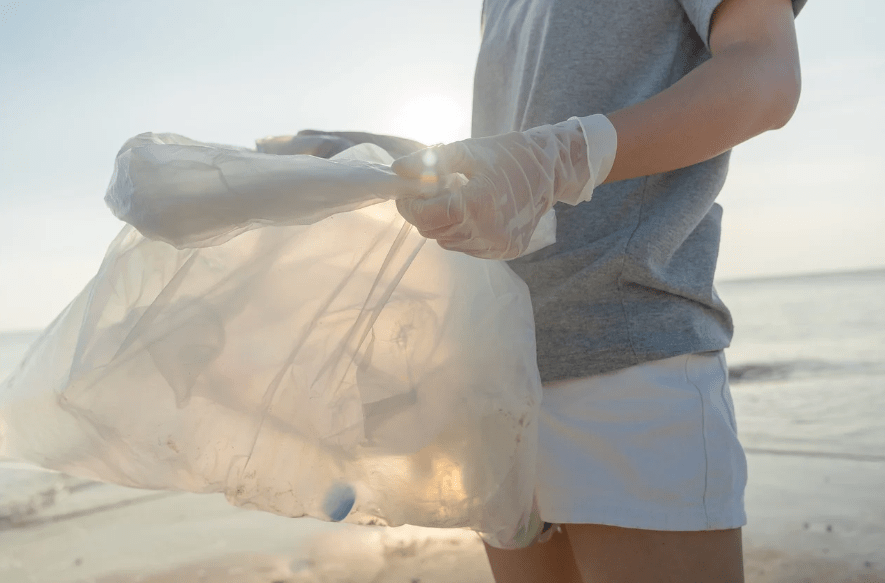Plastic pollution is a menace worldwide. Plastics are now found in every environment on the planet, from the deepest seas to the atmosphere and human bodies.
Scientific evidence describing harm to the environment and humans is growing. Hence, the United Nations has resolved to negotiate a legally binding instrument to end plastic pollution.
Strategies to achieve this goal include provisions throughout the plastics lifespan: production, use, waste management and remediation.

In designing rules for managing plastic, it’s important to understand that plastic materials and waste streams are complex. Not all plastics are the same. And recycled plastics are not necessarily “better” – less harmful – than virgin plastics. If they contained harmful chemicals to begin with, recycling doesn’t make them less harmful. And sometimes they are contaminated by other substances.
We conducted a study identifying and measuring the concentration of contaminants in recycled pellets from 28 small-scale recycling facilities in the global south. Plastic waste is often exported from high income countries to less developed countries, with few to no requirements for reporting their makeup.
Our investigation covered facilities in Cameroon, Mauritius, Nigeria, Tanzania and Togo in Africa as well others in Asia, Europe and South America.
We found 191 pesticides, 107 pharmaceuticals and 81 industrial compounds among many others in the recycled plastic pellets. Many of these chemicals could be hazardous and make the plastics unsuitable for reuse.
This finding can inform regulations for recycled plastics. The chemical composition of the plastic should be checked before it is recycled.

Chemicals used in production of plastics
More than 13,000 chemicals are currently used in the production of plastic materials and products. They can include thousands of plastics additives – but also substances that are added unintentionally. Some unwanted chemicals form during the production or life of plastics. Thousands of these chemicals have dangerous properties. The health risks of some others are unknown.
Throughout the plastics value chain, during production, use, waste and recycling, other chemicals can contaminate the material too. The result may be recycled materials whose chemical composition is unknown.
Previous studies have reported the presence of plastics additives in recycled materials. Among them were chemicals that are known to have negative effects on health. Examples include phthalates (plastic softeners), bisphenols like BPA, and UV-stabilisers used to protect plastics from sun damage and yellowing.
In our work, we established the presence of chemicals in recycled plastic that can cause harm to humans or other organisms. They include pesticides, pharmaceuticals and fragrances. Others are chemicals that result from burning natural materials, man-made organic chemicals used for industrial applications like paint, and ultraviolet filters.
We quantified a total of 491 different chemical substances. Some had specific uses and others formed from the breakdown of products.
Some national and regional policies regulate the allowable concentration of hazardous chemicals in specific plastic products. But only 1% of plastics chemicals are subject to international regulation in existing multilateral environmental agreements. Policies don’t adequately address the issue of transparent reporting of chemicals in plastics across their value chain. Also, there are no laws to govern monitoring of chemicals in recycled materials. This is a serious gap in oversight. Stronger and more globally coordinated measures are necessary.
Our findings emphasise the importance of regulating mechanical recycling, as many of the substances measured were contaminants and not plastic additives. Many of the chemicals we identified may have contaminated the materials during use. For example, a jug used for storing pesticides will absorb some of the pesticides and will contaminate the recycling waste stream. Plastics in the environment are also known to absorb organic pollutants.
To assess the quality of recycled plastics, it’s crucial to know which chemicals are present and in what concentrations. This information can guide regulations about how recycled plastics may be used. It will also be valuable for plastics producers, waste management workers (including recyclers), consumers, and the scientific community.
A path towards safer reuse of plastics
To recycle more materials safely, several changes are necessary. These include:
- increased transparency regarding the use of chemicals and their risks
- chemical simplification of the plastics market, so that fewer and less toxic chemicals are permitted for use
- improved waste management infrastructure with separated waste streams
- improved recycling methods, including monitoring of hazardous chemicals.
Chemical simplification of plastic additives will promote sustainability, safety and regulatory compliance. It will help manufacturers to minimise the environmental impact and adverse health effects of complex chemical formulations. Simpler chemical structures also improve the recycling potential of plastics and make recycling more efficient and cost-effective.
Chemical simplification can also reduce potential health risks in the disposal of plastic materials.
From a regulatory perspective, chemical simplification supports clearer and more enforceable safety guidelines.
It’s is a crucial step towards the sustainable production and use of plastics, as countries work towards a legal instrument to end pollution.
This article was produced by The Conversation.

